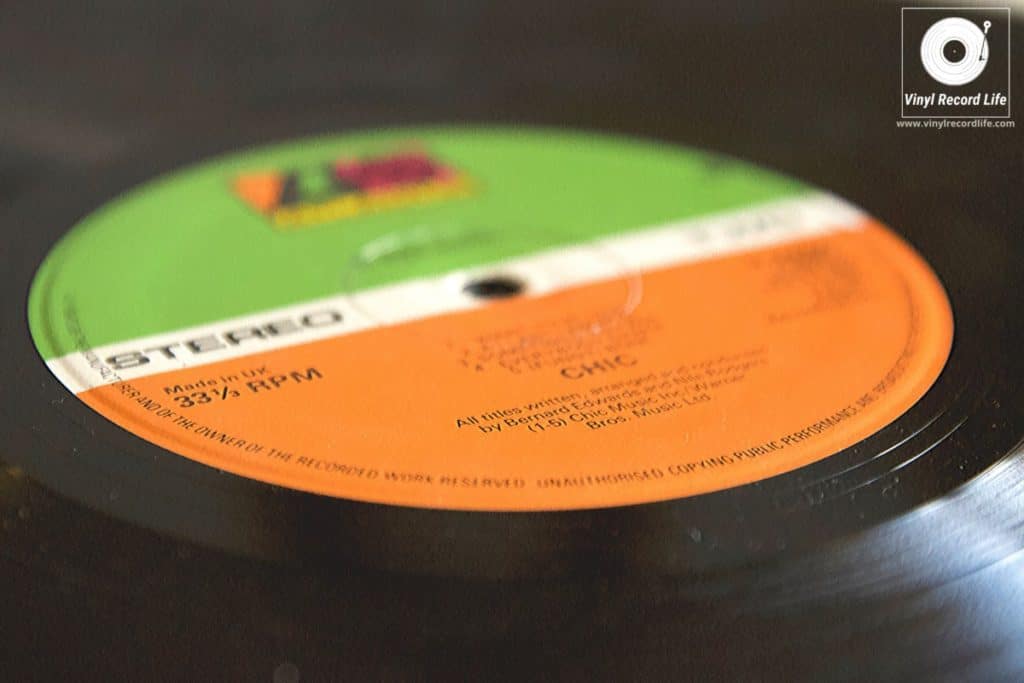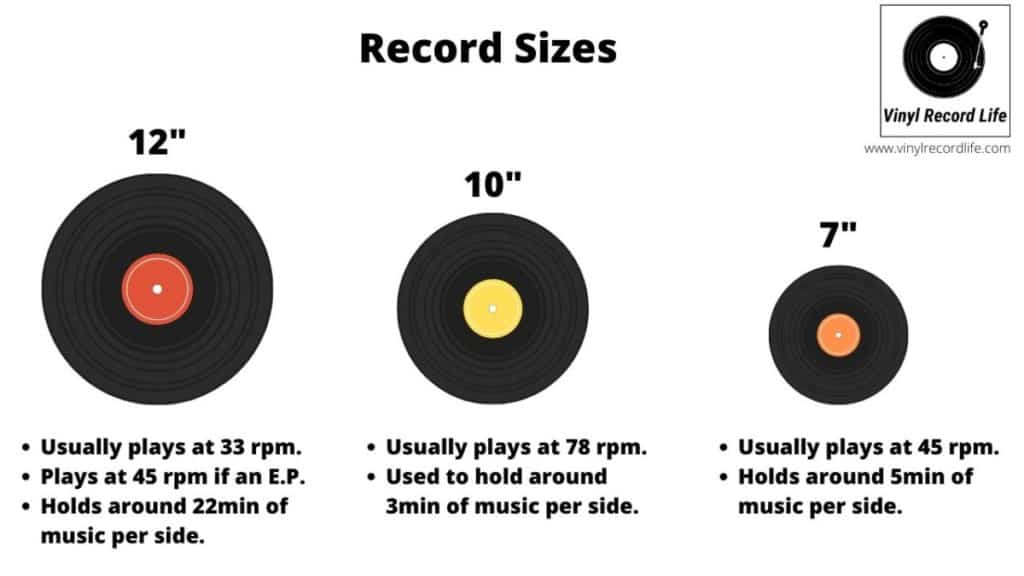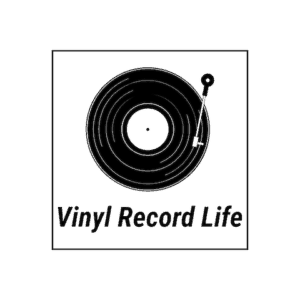
As you start to build up a vinyl record collection, you’ll undoubtedly have two main sizes of discs that make it up: 12-inch and 7-inch records.
There are other, less common sizes of record out there too, and if you’ve not long purchased your record player and are getting to grips with some of the rigors of vinyl records and turntables, you may start to wonder if a record player can play all sizes of disc.
All record players do not play every single size of vinyl record. All record players will play the two most common sizes of vinyl record, those being 12-inch and 7-inch, but it is far less likely they will be able to play a 10-inch record.
More as a convenience than for any other reason 10-inch records are much more of a rarity than they used to be, but you can still come across them.
For that reason it’s useful to know some key information about the various sizes of vinyl records, the differences between them, and how to know what sizes a record player will be able to play.
The Various Records: Understanding The Main Sizes
The most commonly commercially available vinyl records today come in two main sizes: the above-mentioned 12- and 7-inch formats, with the inches referring to the diameter of the physical record.
A record’s size usually indicates the revolutions per minute (rpm) it spins at on the turntable platter, and this in turn indicates how much music each side of the disc is able to hold.
Here’s a table which outlines the key information relating to record sizes, with information on how many minutes of music each standard size of record can hold:
| Record Size (inches) | Most Common rpm | Maximum Amount of Music Stored (minutes per side) | Typical Format |
| 12″ | 33 rpm | 22 minutes | LP/EP |
| 7″ | 45 rpm | 5 minutes | EP/SP |
| 10″ | 78 rpm | 3 minutes | – |
It is important to note that any record size can be pressed to spin at any rpm, but that this table notes the most common matches between record size and rpm.

What Does LP, EP and SP Mean?
Vinyl records will often be referred to by either their size or in some cases their rpm, so being called a “12-inch” or “7-inch” record or a “45” are terms you’ll often hear in record parlance.
LP and EP are terms of reference you’ll also encounter when vinyl records are referred to. LP means Long Play and is used to describe a record that holds a full-length album on it, while EP means Extended Play and these records often hold between three to five songs on them.
Often, an EP will be pressed on a 12-inch record that spins at 45rpm, thus proving an exception to the above table’s general rule about the correlation between record size and rpm.
How To Identify a Record’s Speed in RPM
Using the above table as rule of thumb for identifying a vinyl record’s rpm will help in many cases, but there are some situations in which a record’s rpm doesn’t fall into the usual record size category, as per the EP example stated above.
In any case, the speed at which a record should be played is often stated on the record’s label, and you should always check this before playing a record to avoid damaging it in any way. Remember to always handle your records properly!
The Evolution in Record Sizes
The 78 rpm record was the most common speed until the mid-1950s, due largely to it being the optimum speed for a record to spin at. This was down to the speed of the motors used within record players in this period.
It was also established early in the timeline of record production history that the slower a record spun, the worse the audio sounded. Conversely, the higher the rpm the lower the amount of information that’s able to be stored in the record’s grooves, so there were trade-offs in sound quality vs quantity.
Eventually, 10 inches came to be the most common size of the 78 rpm record, which was made from the more brittle shellac material that predated the PVC-based records we now use.
New technologies and the longer playing time of a 33 rpm record (as opposed to the then 3-4 minutes per side of a 78 rpm), as well as the emergence of the 45 rpm record, saw the tide shift away from 10-inch 78 rpm records..
The 78 rpm records faded in popularity, and the introduction of the 45 rpm record, which was much smaller, had similar audio quality and could fit just as much music on it meant that the 78 rpm was largely consigned to the history books.
Record Players and Their Ability to Switch Between Sizes
With the rise in popularity of 12-inch and 7-inch records playing at 33 rpm and 45 rpm, record players moved towards catering for these speeds and sizes exclusively, and these are the standard speeds between which modern turntables and record players can switch.
Some newer systems will have a speed selection for 78 rpm, but this is much less common on modern turntables due to the simple fact that the production of 10-inch records, and anything other than 12/7-inch records for that matter, is now extremely uncommon. So it is fair to say that not all record players play all sizes, by sheer virtue of the fact that most only now cater to these two record sizes.
Some older, vintage record players will have three or even four-speed settings (at 16/33/45/78 rpm), but as these are now far less common it is becoming even more of a rarity.
I have a 1972 Tonesta Olympic record player which has four speed settings, but even by its production date of the early 1970s this was becoming more and more unusual.
The probability of you encountering anything other than 12- or 7-inch records today is low enough that you needn’t be concerned by whether your record player will play every single size of record that has ever been available.
It may well be the case that you’ve inherited some old 10-inch records, or records that play at speeds other than 33 rpm or 45 rpm, or that you come across them when crate-digging.
If so, this is probably the time to start considering whether you’re serious enough about collecting vinyl to look into purchasing a second-hand vintage player that could handle these speeds, if you do want to begin listening to these specific records.
An alternative would be diving into the online vinyl community and seeing if there is someone who does have a record player that could play the size/speed record you have in your possession, and asking if they could make a digital recording of your record for you. It’s something I’d happily do for a fellow enthusiast, so if you do need a hand just drop me a line in the comments!
